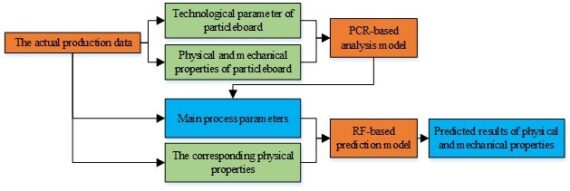


Random forest algorithm is a supervised classification and regression algorithm. Now that you have a good understanding of what classification is, let’s take a look at a few Classification Algorithms used in Machine Learning: But this continuous value represents the probability of a given data point belonging to each output class. One more thing to note here is that it is common for classification models to predict a continuous value. So here we’re classifying emails into more than 2 classes, this is exactly what multi-class classification means. The example that I gave earlier about classifying emails as spam and non-spam is of binary type because here we’re classifying emails into 2 classes (spam and non-spam).īut let’s say that we want to classify our emails into 3 classes: For this kind of problems, where you have to assign an input data point into different classes, you can make use of classification algorithms.Ĭlassification – Random Forest In R – Edureka Let’s say you want to classify your emails into 2 groups, spam and non-spam emails. Classification problems are common in machine learning and they fall under the Supervised learning method. Practical Implementation of Random Forest In RĬlassification is the method of predicting the class of a given input data point.Here’s a list of topics that I’ll be covering in this Random Forest In R blog: To get in-depth knowledge on Data Science, you can enroll for live Data Science Certification Training by Edureka with 24/7 support and lifetime access. In this blog post on Random Forest In R, you’ll learn the fundamentals of Random Forest along with its implementation by using the R Language. Instead, we must utilize algorithms with higher computational capabilities and one such algorithm is the Random Forest. With the demand for more complex computations, we cannot rely on simplistic algorithms. Become a Certified Professional Random Forest In R:


 0 kommentar(er)
0 kommentar(er)
